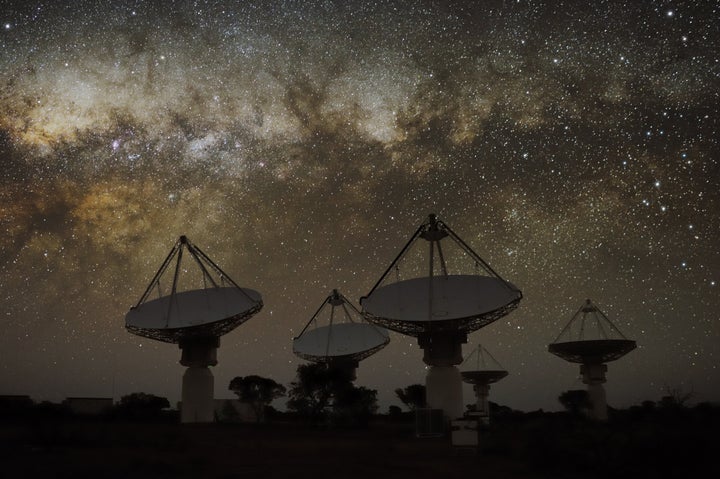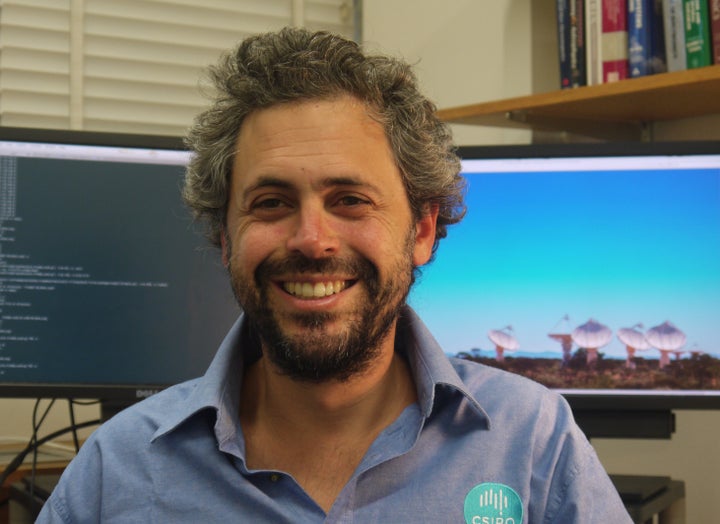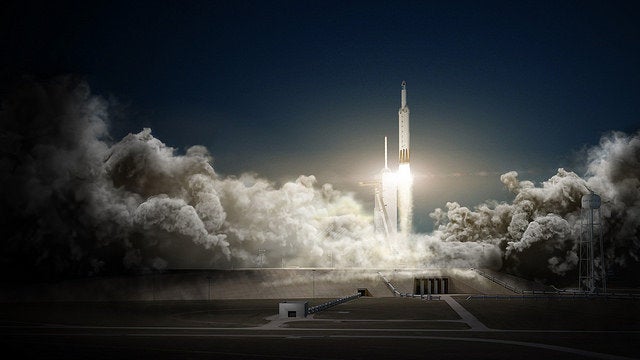Less than four days after it had begun its search, the Australia Square Kilometer Array Pathfinder telescope detected a huge ‘fast radio burst’ from deep space.
‘Fast radio bursts’ or FRBs are short, extremely powerful radio waves that can last for only a few milliseconds.
Originating from billions of light years away researchers are still unclear as to what causes them, knowing only that the event in question must have been unimaginably powerful.

Theories on their origin have ranged from enormous interstellar events such as pulsars to huge alien megastructures such as spacecraft travelling faster than light.
They’re not easy to detect either, in fact since the first discovery in 2007 only a couple of dozen have been detected since.
The discovery of the latest FRB was made by CSIRO’s Dr Keith Bannister and a number of other researchers from CSIRO, Curtin University and the International Centre for Radio Astronomy Research.

What makes the discovery so impressive was that at the time, the researchers were using just eight of the 36 dishes that make up the telescope.
In order to accomplish this the researchers arranged the dishes in a very special way. Normally all 36 dishes point at a very specific point in space, however in this case Dr Bannister and his team pointed just eight of the dishes in different directions, similar to that of the segments that make up a fly’s eye.
“We turned the telescope into the Sauron of space – the all-seeing eye,” Dr Bannister said, referring to the dark overlord in Tolkien’s “Lord of the Rings”.

With this new alignment in place the team were rewarded almost immediately with a huge radio burst just days after it was switched on.
Dr Jean-Pierre Macquart from the Curtin University node of ICRAR, co-lead on the project with Dr Bannister, said finding the burst was “as easy as shooting fish in a barrel”.
Registered as FRB170107, the burst came from the edge of the constellation Leo and is believed to have travelled through space for six billion years before reaching Earth at the speed of light.

